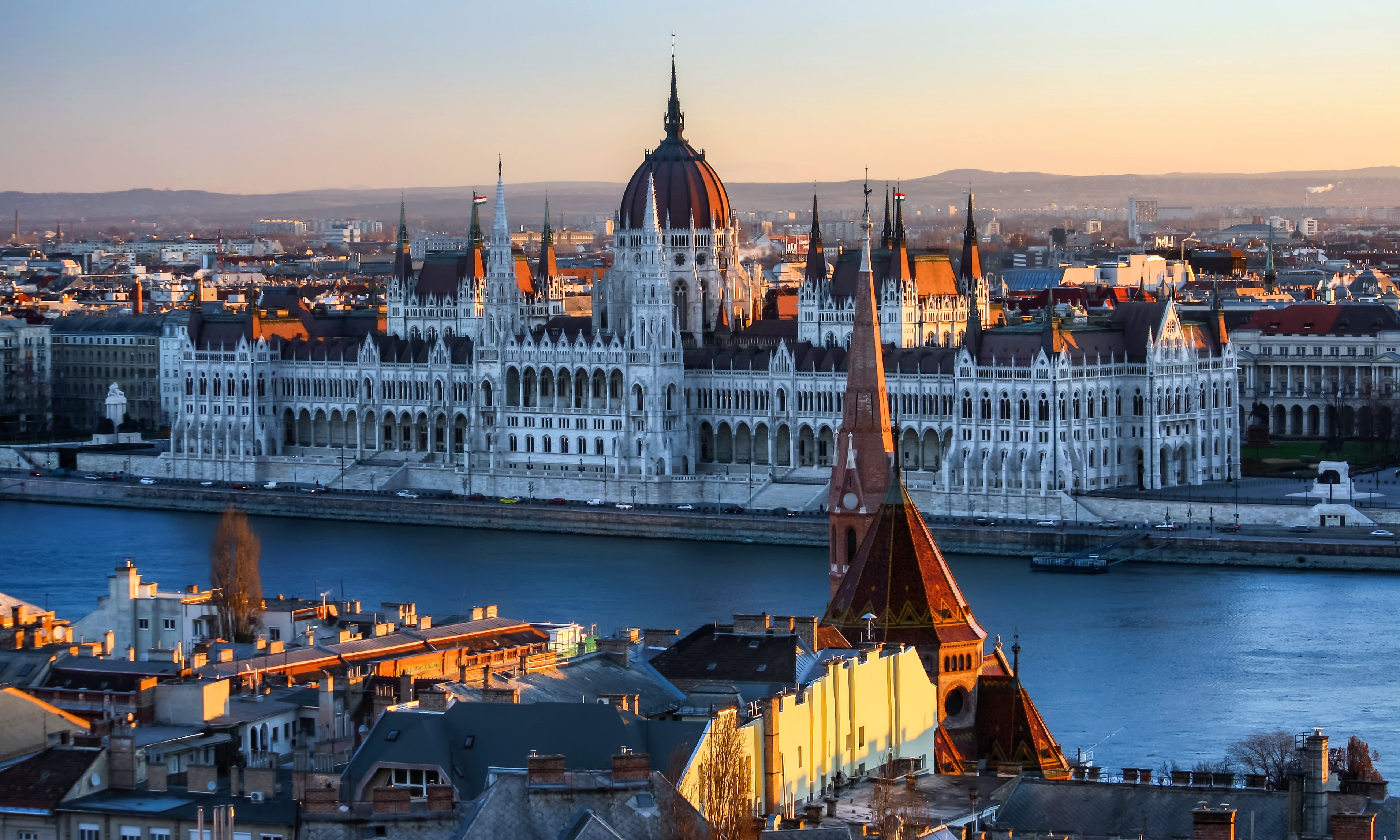🇭🇺map Hungary [Overview]

Hungary, known locally as Magyarország, sits in the heart of the Carpathian Basin in Central Europe. The Danube River runs straight through the country and bisects Budapest, the grand capital known for its bridges and stately thermal baths. Hungary is landlocked yet historically well-connected, sharing deep cultural and economic ties with its neighbors. Its population has been declining since the late twentieth century, a trend seen elsewhere in Europe, and the society is aging as families have fewer children. One detail newcomers often notice after a few months: the countryside’s “agrotowns” on the Great Hungarian Plain, places that feel rural in lifestyle but are organized like towns, are a distinctive feature of Hungarian settlement.
Economy
Hungary’s modern economy blends long-standing agricultural traditions with industry and services. Wheat and pig farming have played an outsized role for generations, and you still feel this in the national cuisine and local markets. Industrialization accelerated under the former socialist regime, and today you’ll find a mix of manufacturing, services, and tourism shaping everyday work. Even now, many households maintain a small link to agriculture for supplemental income or family use.
As a landlocked country, Hungary leverages its position along the Danube and within the broader Central European transport network to stay connected. Historically part of the Austro-Hungarian framework and later integrated into regional trade, it has a habit of looking outward. Business travelers will find a legal and political system that transitioned to a parliamentary democracy in 1989, with established institutions such as a National Assembly, a president as head of state, and a prime minister leading the government. This institutional stability, plus a long tradition of cross-border commerce, helps the country slot neatly into regional and international supply chains.
Culture
Hungarian is the dominant language, and it’s quite distinct from its European neighbors. The core population is ethnic Hungarian, with officially recognized minorities including Roma, Germans, Slovaks, Croats, Romanians, and others. The national story spans medieval statehood, a Christian identity firmly associated with King Stephen, centuries under Habsburg influence after conflict with the Ottomans, and a twentieth-century arc from socialist rule to a democratic transition in 1989. This layered history shows up in architecture, music, and the rhythm of public life.
People here take pride in food, wine, and craftsmanship—bread, paprika-laced dishes, and pork are culinary staples, and regional wines enjoy a loyal following. Religion has historically been important in shaping identity, with Christian traditions prominent in public culture. National celebrations and cultural markers you’ll likely encounter include events around Hungary’s statehood and independence, lively village weddings with traditional soups and pastries, and a calendar punctuated by church festivals and civic remembrances. Even in the bigger cities, family ties remain strong, and it’s common for grandparents to play an active role in daily life—a reminder that, in Hungary, the modern and the traditional often sit comfortably side by side.
Franz
Franz is a German technical writer and business consultant from Munich, with over 15 years of experience
in international corporate relocations and German business culture. Having worked for major German
multinational corporations including BMW and Siemens, Franz has extensive experience facilitating the
relocation of international talent to Germany and helping German professionals navigate complex assignments
abroad.
Published: 2025-06-17